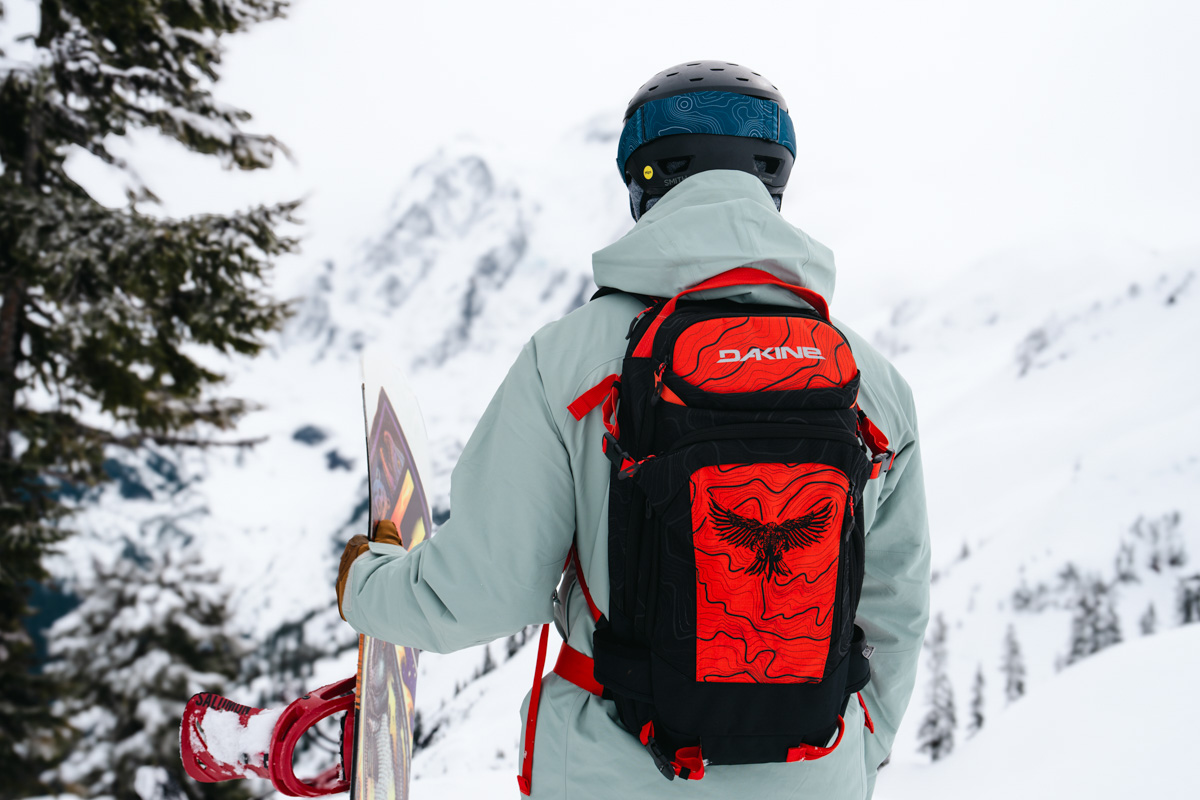
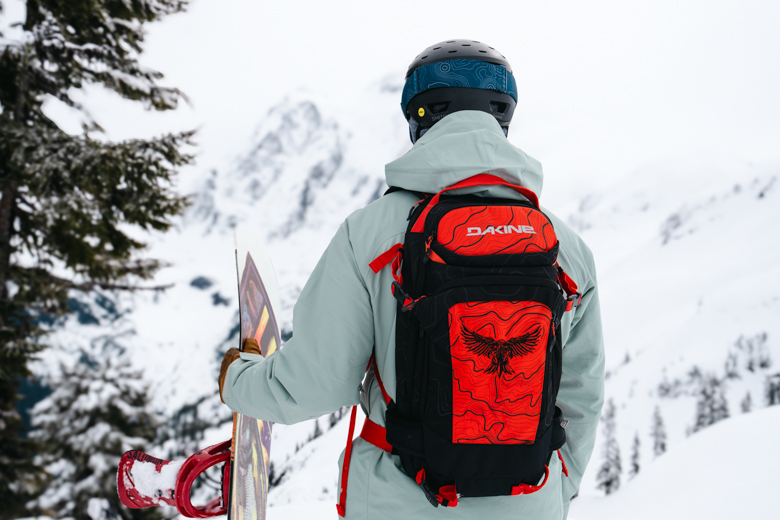
Price: $144
Weight: 1 lb. 14.2 oz.
Capacities: 20, 24L
What we like: Carries all the gear you need and nothing you don't for resort days and short sidecountry adventures.
What we don't: 20-liter capacity is limiting, doesn't have a padded hipbelt, and the build quality falls short of the competition.
See the Men's Dakine Heli Pro 20L See the Women's Dakine Heli Pro 20L
While Dakine began as a surf gear company in Hawaii, the brand has since made a name for itself in the snowsports world with its line of goggles, helmets, and backpacks. The Heli Pro 20L ski backpack is purpose-built for the resort rider who likes to dabble in a bit of sidecountry exploration. With just enough capacity to carry extra layers, avalanche safety gear, and lunch, the Heli Pro 20L is sleek, streamlined, and comfortable to wear all day long. I tested this backpack over a season of snowboarding at Mount Baker Ski Resort and found it to be the ideal companion for most in-bounds and off-piste shenanigans. Though to be fair, the pack is not without its faults—namely, it’s not the most durable pack I’ve tested, nor the best choice for carrying heavy or bulky gear a long way. Below I detail my experiences with the Dakine Heli Pro 20L pack—to see how it stacks up to the competition, check out our article on the best ski backpacks.
Since the Dakine Heli Pro has just a 20-liter capacity, it comes as no surprise that it carries quite comfortably. The pack itself is slim and low-profile, and once the straps were properly adjusted, it fit snugly against my back. It didn't feel unwieldy while snowboarding, nor was it a pain to haul up sidecountry terrain. I even felt comfortable wearing it while sitting on a chairlift—it didn’t feel like it was pushing me off the lift at any point. While it doesn't have many comfort-specific features like load lifters or a padded hipbelt, the padded backpanel and shoulder straps offer just enough cushion for all-day wear.
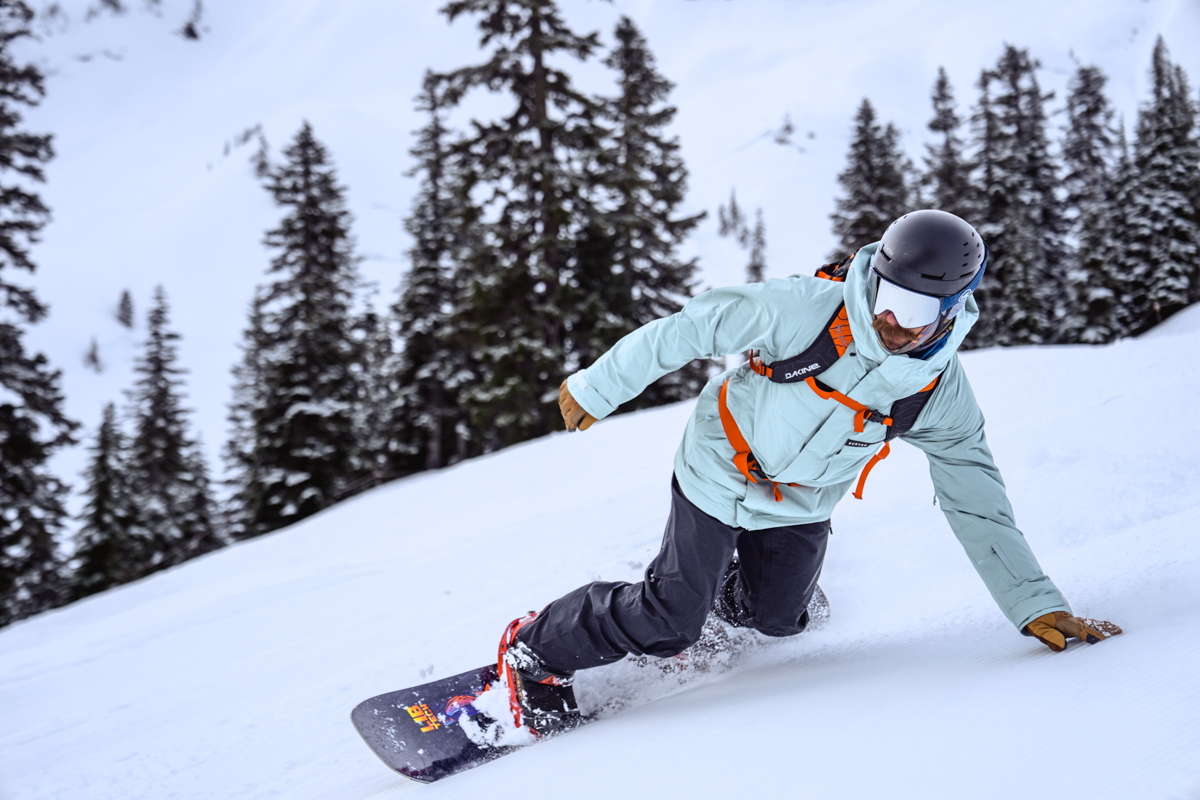
The Heli Pro 20L has a number of pockets that I found helpful in organizing my gear. The main compartment is spacious enough for an extra layer (on the thinner side), a pair of gloves, water, and lunch. However, if you want enough space to stuff a thick insulated ski jacket inside the main compartment, you might have better luck sizing up to the 24-liter version. The main compartment also has a sleeve that can be used to hold a water bladder. The front zippered pocket has sleeves for a shovel handle and probe, and space to hold a shovel blade. There is also a smaller zippered mesh pocket on the inside of the avalanche pocket that can store valuables such as a wallet and keys. And lastly, the design is rounded out well with a fleece-lined goggle pocket near the top of the pack and a quick stash pocket at the front.
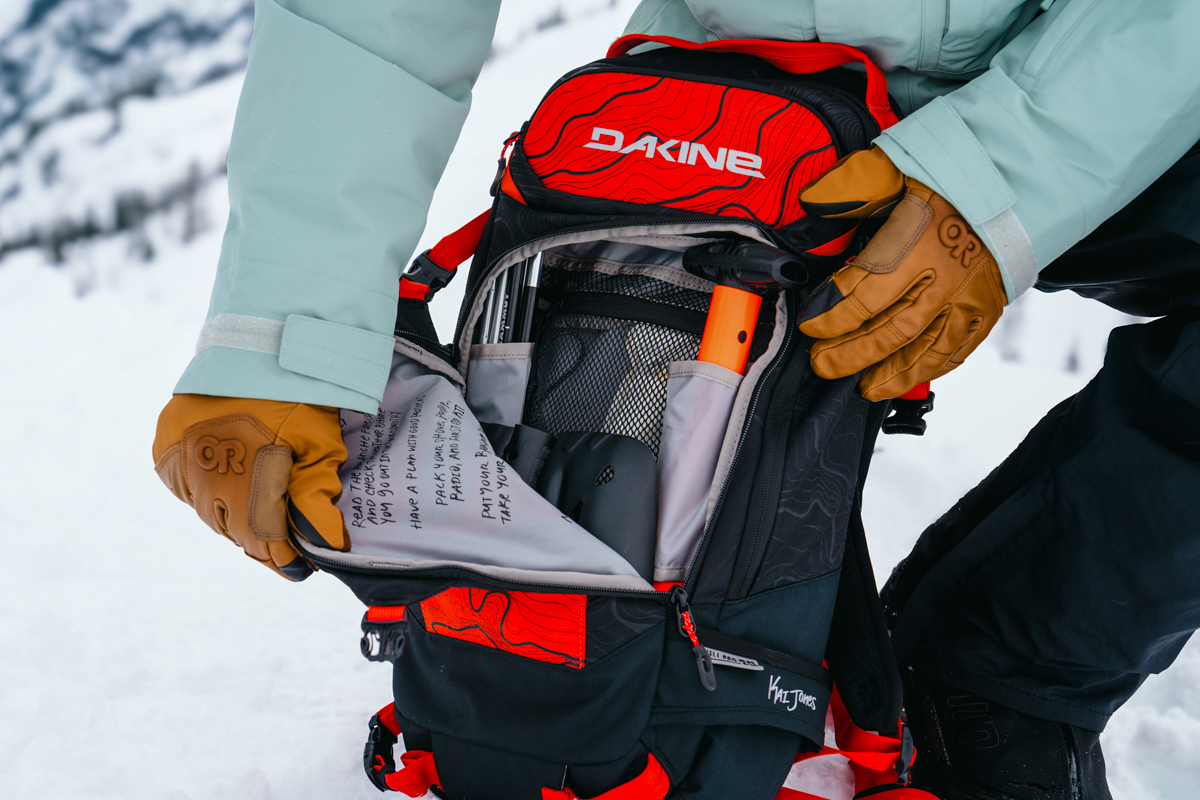
While the Heli Pro 20L doesn’t have the capacity or features to be a top pick for intensive backcountry tours, it's very capable of handling sidecountry adventures. A single compression strap and ski slot on the sides of the bag make it possible to A-frame a pair of skis or splitboard. What's more, a deployable strap at the top of the bag allows for a diagonal ski carry, and a solid snowboard can be vertically or horizontally carried using the compression straps and buckled strap at the bottom of the pack. In my experience, this pack is best at carrying a snowboard or skis when the main compartment is fully loaded and the pack has some structure. The lack of a padded hipbelt and load lifters limits the comfort of carrying heavy equipment far, but it works well for short forays off piste.
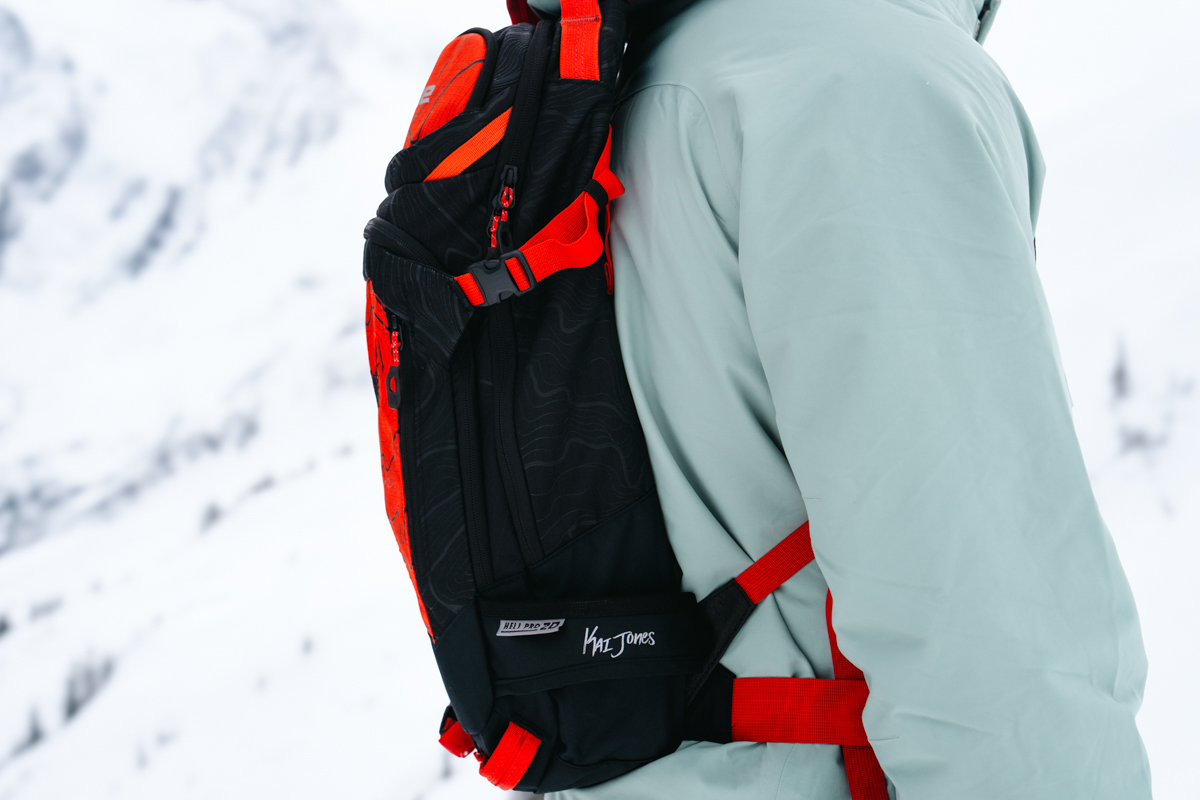
The Dakine Heli 20L weighs in at 1 pound 14.2 ounces, which lands on the lightweight end for packs of its capacity. It’s about on par with Patagonia’s 20-liter SnowDrifter Pack (1 lb. 15 oz.), but cuts a few ounces off Osprey’s Kamber 20L and CamelBak’s SnoBlast 22 (2 lb. 9.2 oz. and 2 lb. 4.0 oz., respectively). It's worth noting that these packs sacrifice a bit of weight for features the Heli Pro foregoes, such as padded hipbelts, hipbelt pockets, and water bottle pockets. While weight isn't the most important factor for in-bounds riding, I did like that the Heli Pro's lightweight build kept it from feeling burdensome while boarding.
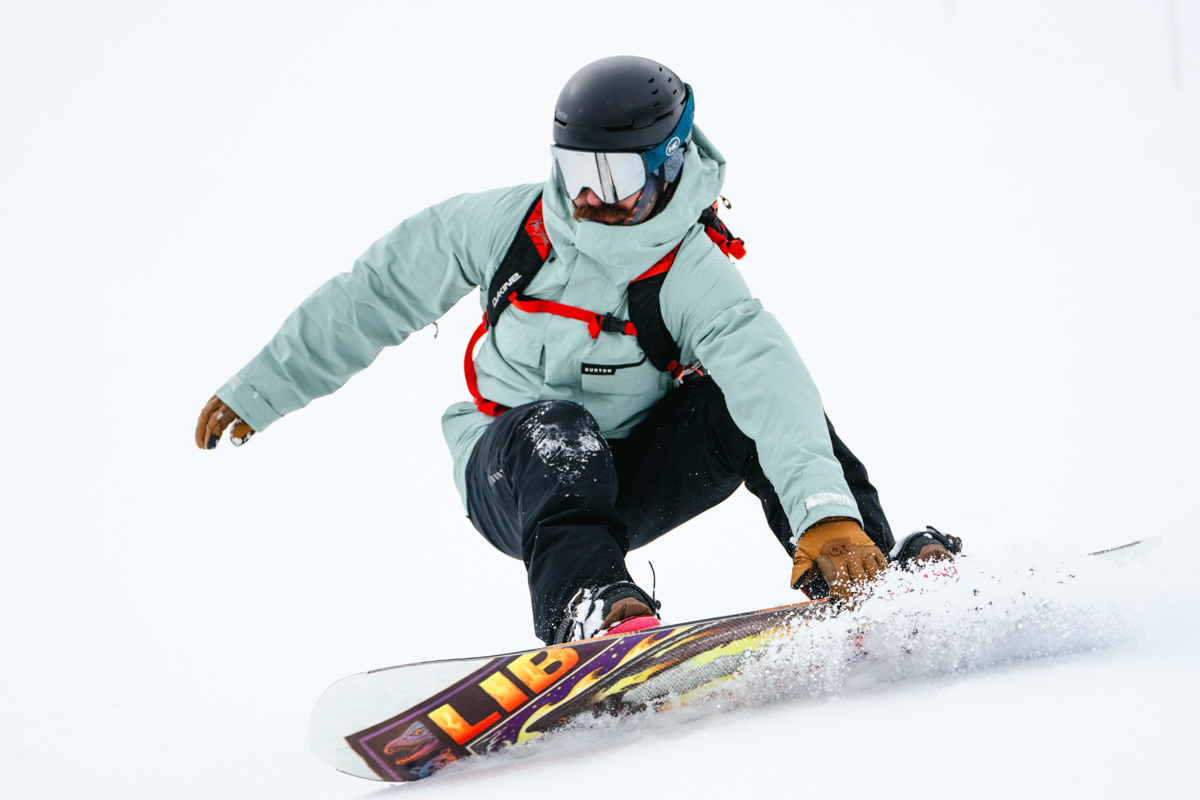
While the Heli Pro 20L’s relatively low price tag secures it among the budget picks in the list of our favorite ski backpacks, it doesn’t strike me as budget-quality. All zippers are smooth-operating, the straps have held up well to A-framing, and none of the stitching has started to fray. I’m confident I’ll be able to get a season or two more of use out of the Heli Pro before wear and tear start to become obvious. That said, the recycled polyester fabric doesn’t have the same confidence-inspiring thickness as some of the pricer options on the market. Dakine also omits a durable water repellent (DWR) coating, which would prevent the pack from wetting out in the case of heavy precipitation. While I haven't had any specific issues with this pack wetting out so far (I stay away from the resort when the conditions look rough), it might be worth spending up for a more water resistant pack or investing in a waterproofing spray (like Nikwax's waterproofing spray) to extend the life of the fabric and protect your gear when skiing or snowboarding in wet weather.
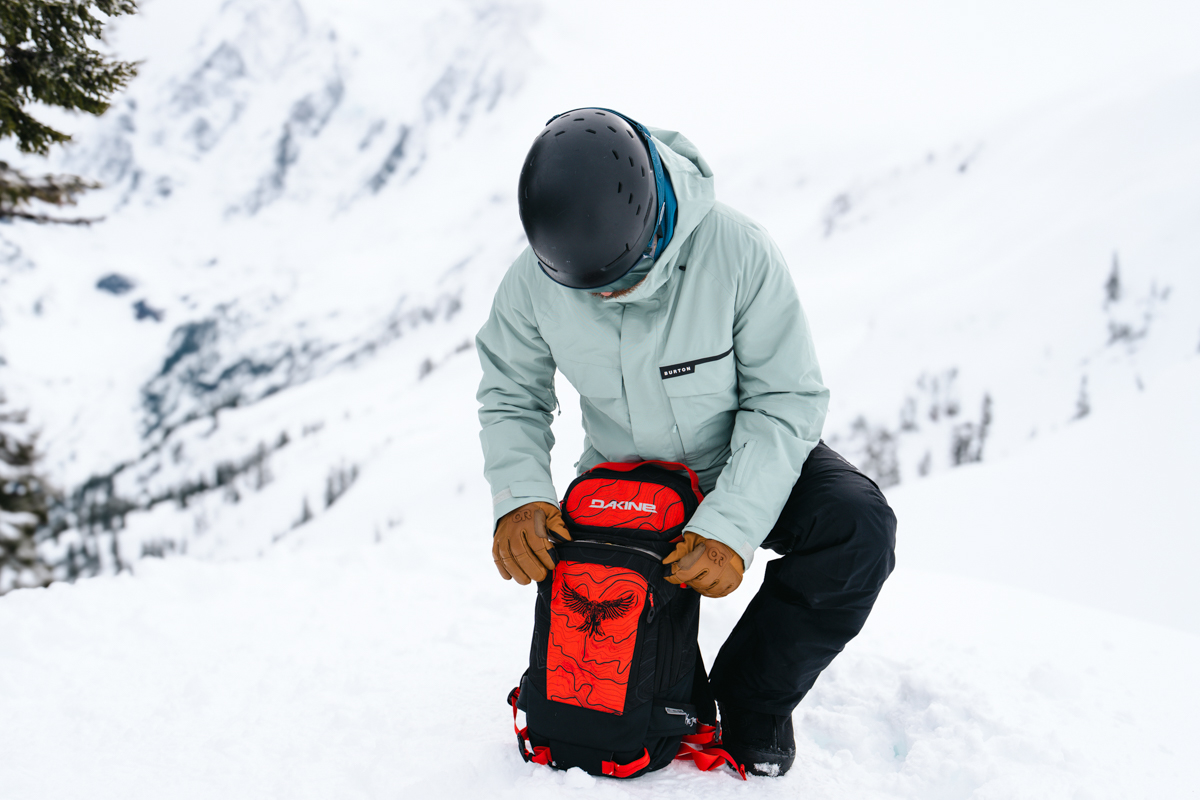
Since the Heli Pro 20L is so small, I didn’t have many issues with its fit. I could pretty much toss it on immediately. That said, I did take the time to adjust the shoulder straps and chest strap to ensure it was as comfortable as it could be. Dakine also offers this pack in a women’s-specific fit, but I don’t think that many women would face discomfort in going with the men's/unisex version.
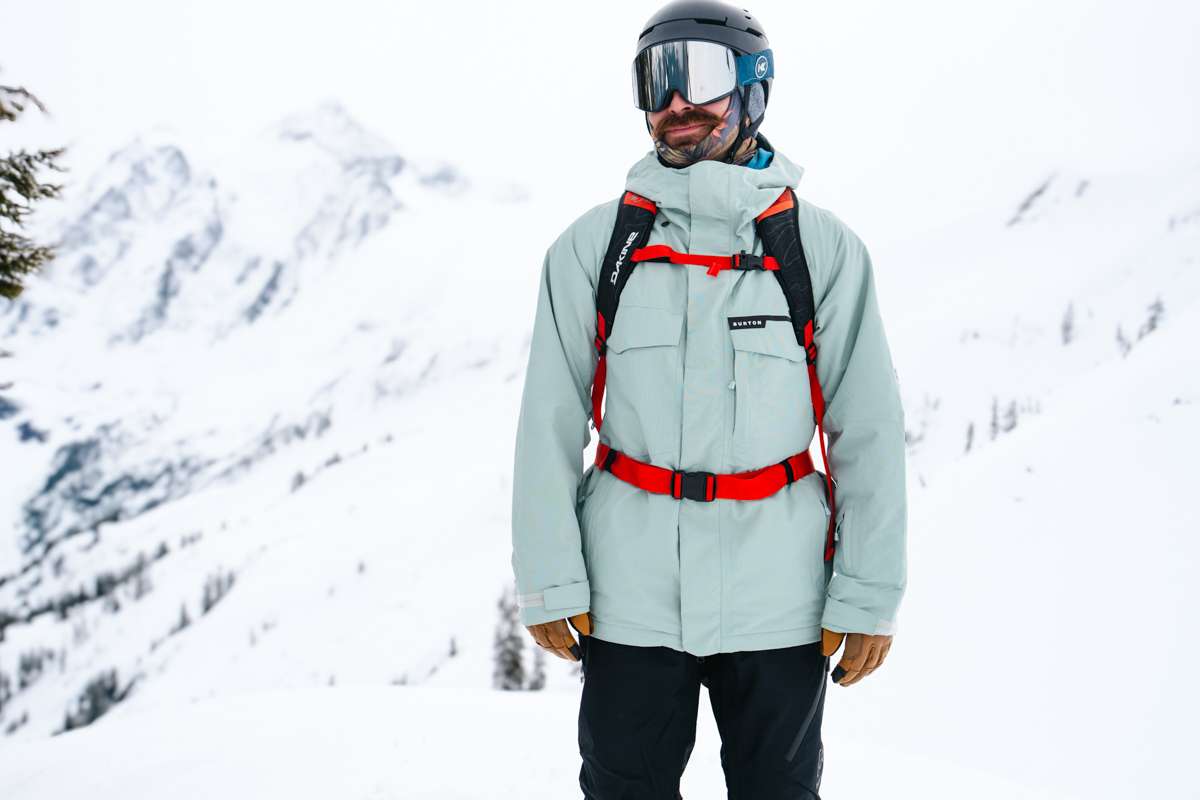
Many outdoor gear manufacturers have been prioritizing sustainability in their new and updated gear lately, and Dakine has made an admirable effort with the Heli Pro 20L. Most notably, the Heli Pro is constructed with 100% recycled polyester in both the body and lining of the pack. While I think this is a good start for the brand, they still have a way to go before catching up with the competition. For instance, I hope that future iterations of the Heli Pro become Bluesign approved, which guarantees its production is free of chemicals that can harm the environment, consumers, or workers. I also hope Dakine puts effort into becoming Fair Trade certified, which requires high standards for ethical production.
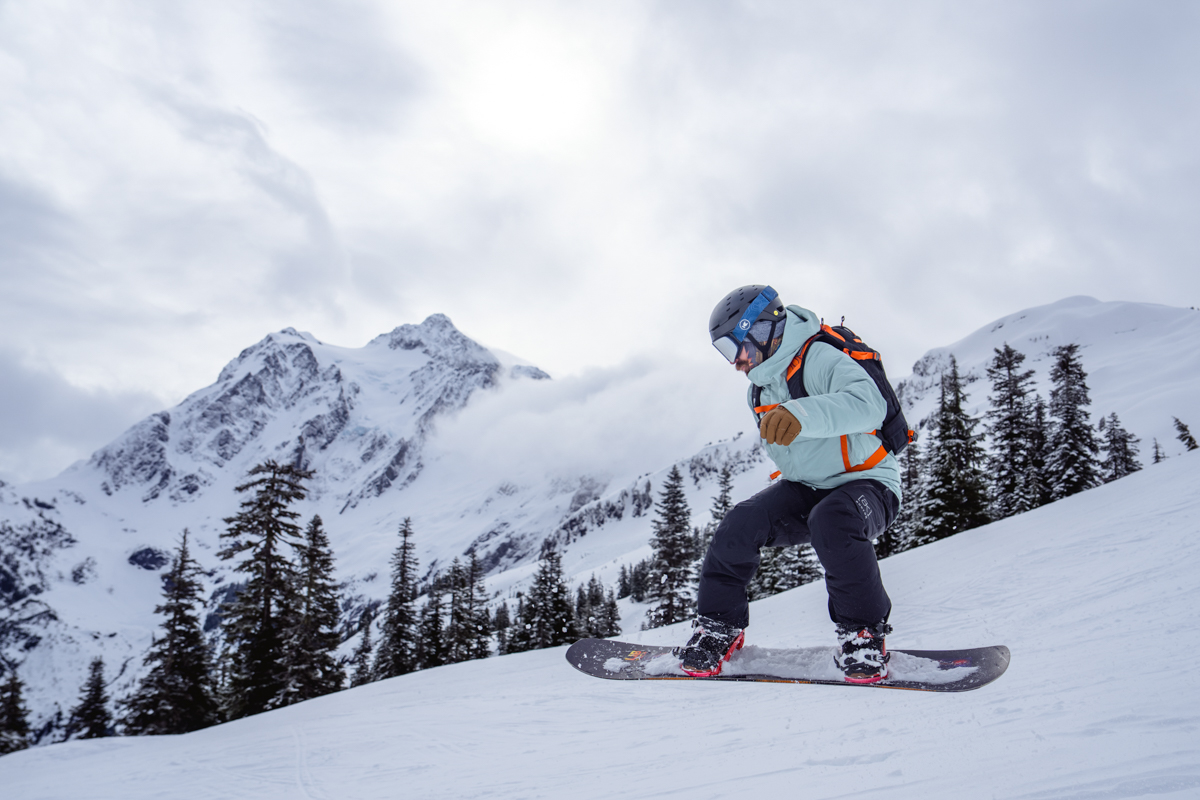
I tested the standard unisex version of the Heli Pro 20L, but, as mentioned above, the pack is also available in a women’s-specific fit. Besides the fit, the only difference in the men's and women's versions is the color choices. Dakine also offers the pack in a 24-liter version, which not only adds 4 liters of capacity but also includes zippered backpanel access, a deployable helmet carry, and an exterior quick-stash pocket. Additionally, Dakine offers Team Heli Pro packs—such as the Team Heli Pro 20L Kai Jones pack that I tested—which have all the same features as the traditional pack but feature an athlete-collaborated aesthetic. The Heli Pro is also available in a smaller 18-liter size, specifically designed for youth, as well as an even more streamlined 12-liter Heli Backpack suitable for both men and women. The main difference, aside from capacity, is that the Heli Backpack’s avalanche tool organization is located inside the main compartment.
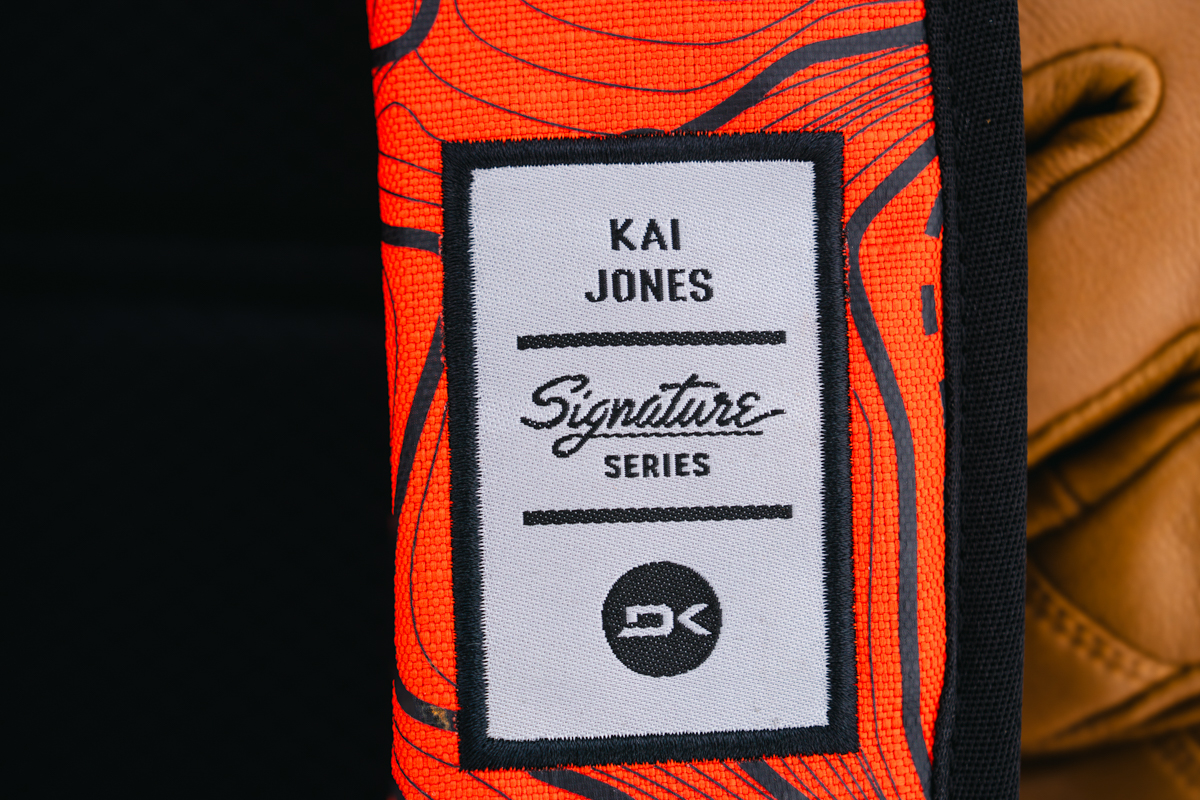
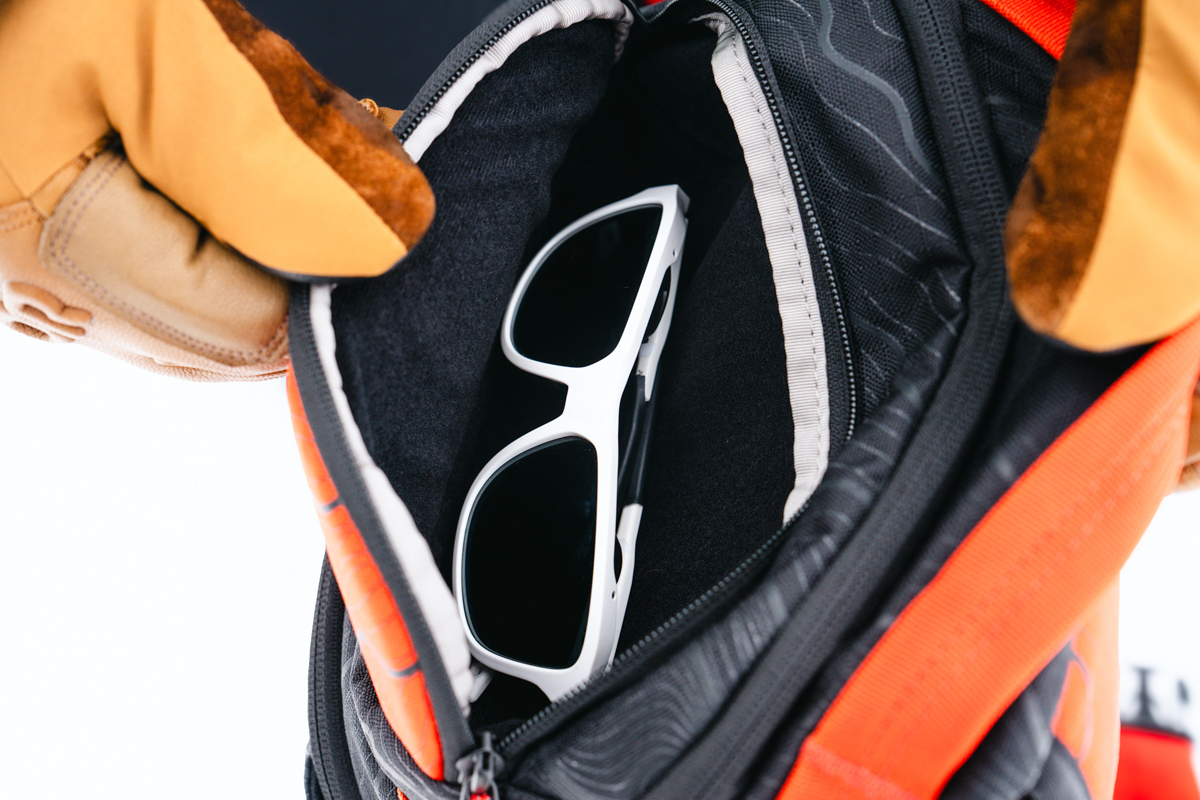
| Ski Pack | Price | Capacities | Weight | Fabric | DWR? | Pockets |
|---|---|---|---|---|---|---|
| Dakine Heli Pro 20L | $144 | 20, 24L | 1 lb. 14.2 oz. | Polyester | No | 5 |
| Patagonia SnowDrifter 20L | $239 | 20L | 1 b. 15.0 oz. | Nylon/polyester | Yes | 6 |
| CamelBak SnoBlast 22L | $132 | 22L | 2 lb. 4.0 oz. | Nylon/polyester | No | 4 |
| Deuter Freerider 24 | $175 | 24, 30L | 2 lb. 2.2 oz. | Polyamide | Yes | 5 |
Editor's note: Exterior pockets include avalanche tool compartment where applicable.
The Heli Pro’s combination of price and performance lands it among our favorite ski and snowboard backpacks, but the market is flush with options to consider. If you don’t mind spending up, Patagonia’s SnowDrifter 20L offers some compelling features for more performance-focused skiers or snowboarders. Reminiscent of a fastpacking pack or running vest, the SnowDrifter is equipped with storage on the padded hipbelt and shoulder straps, a deployable helmet carry, ice axe loop, diagonal carry loop, and dedicated climbing skin storage at the bottom of the pack. The thicker fabric is more hard-wearing than the Heli Pro as well, and Patagonia includes a PFAS-free DWR coating to prevent wetting out. That said, the SnowDifter is overkill for most in-bounds days, and the 20-liter capacity strikes us as a bit too small for serious mountain travel. We also don’t like that the avalanche tool organization takes up most of the main compartment. But if traveling fast and light is your jam, then the SnowDifter is a compelling alternative.
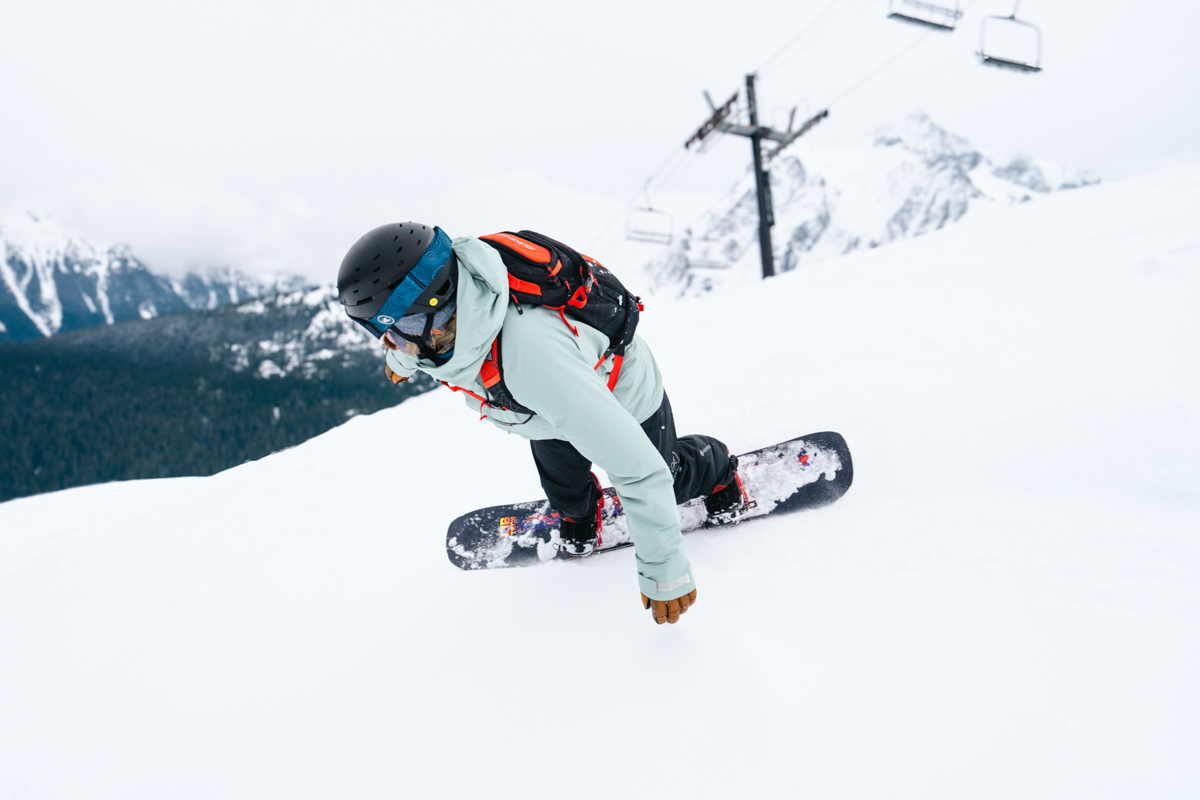
CamelBak’s SnoBlast 22L and Deuter's Freerider 24 more closely align with the Heli Pro’s intentions. The SnoBlast 22L features a spacious Y-zippered main compartment that allows for easy access while on the lift, a top pocket for ski goggles and valuables, and comes with a 2-liter CamelBak Crux reservoir. Additionally, the reservoir has hose routing through the shoulder strap to prevent water from freezing and clogging the system. While the SnoBlast has a few ski-specific features, such as external straps for A-framing, it lacks a dedicated avalanche tool pocket, which limits its use to in-bounds areas. The Freerider 24 has a layout more similar to the Heli Pro—with a spacious main compartment and a dedicated avalanche tool compartment—but adds some premium features, like a padded hipbelt, hipbelt pockets, and a deployable helmet carry. We also appreciate that the Freerider has zippered back access, which makes it easier to access gear without digging through the main compartment. But overall, we like the Heli Pro for its minimalism and streamlined organization, which makes it a compelling choice for those wanting to keep things simple (and cheap).
Back to the Dakine Heli Pro 20L Review See Our Ski Backpacks Guide